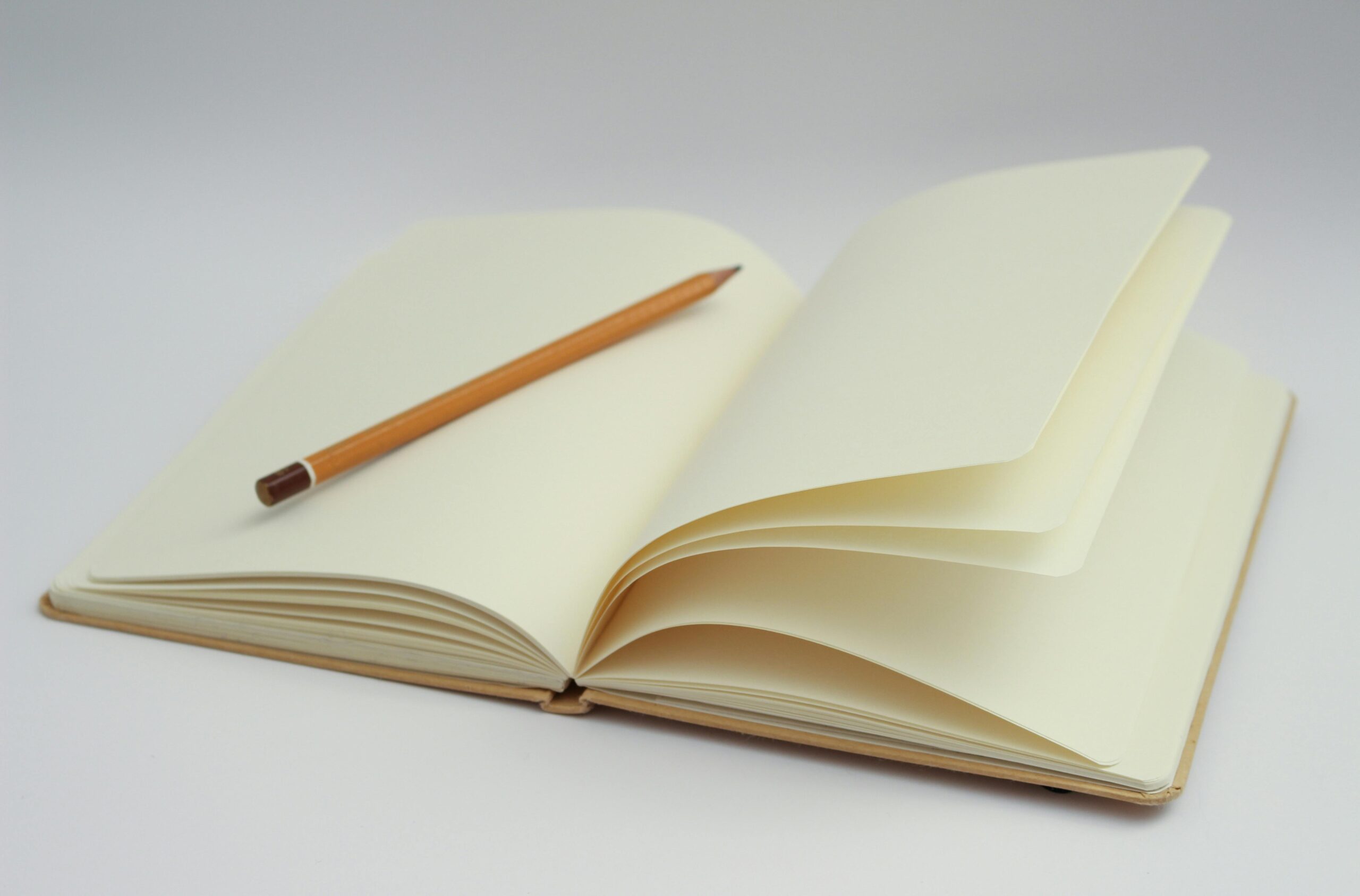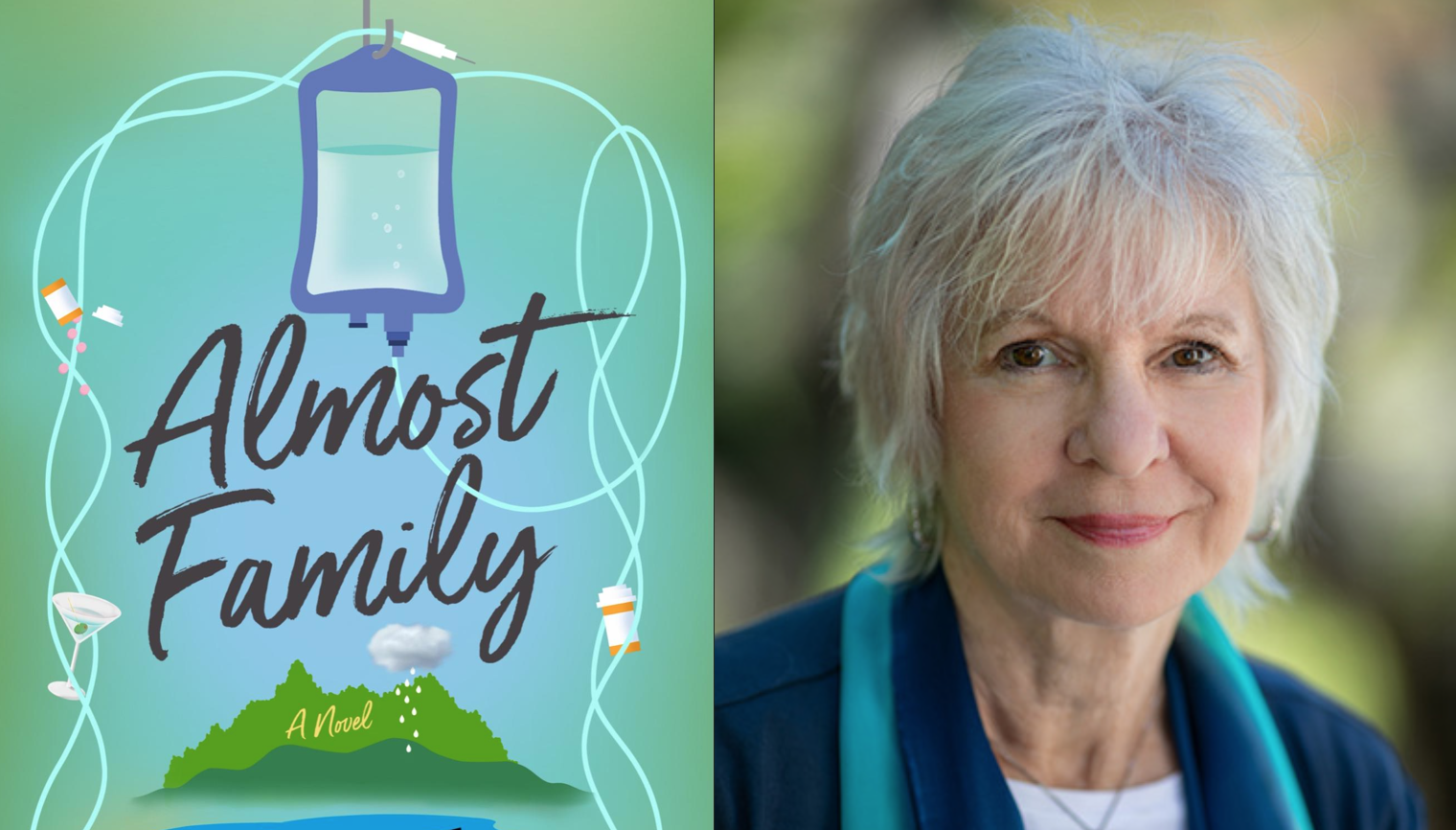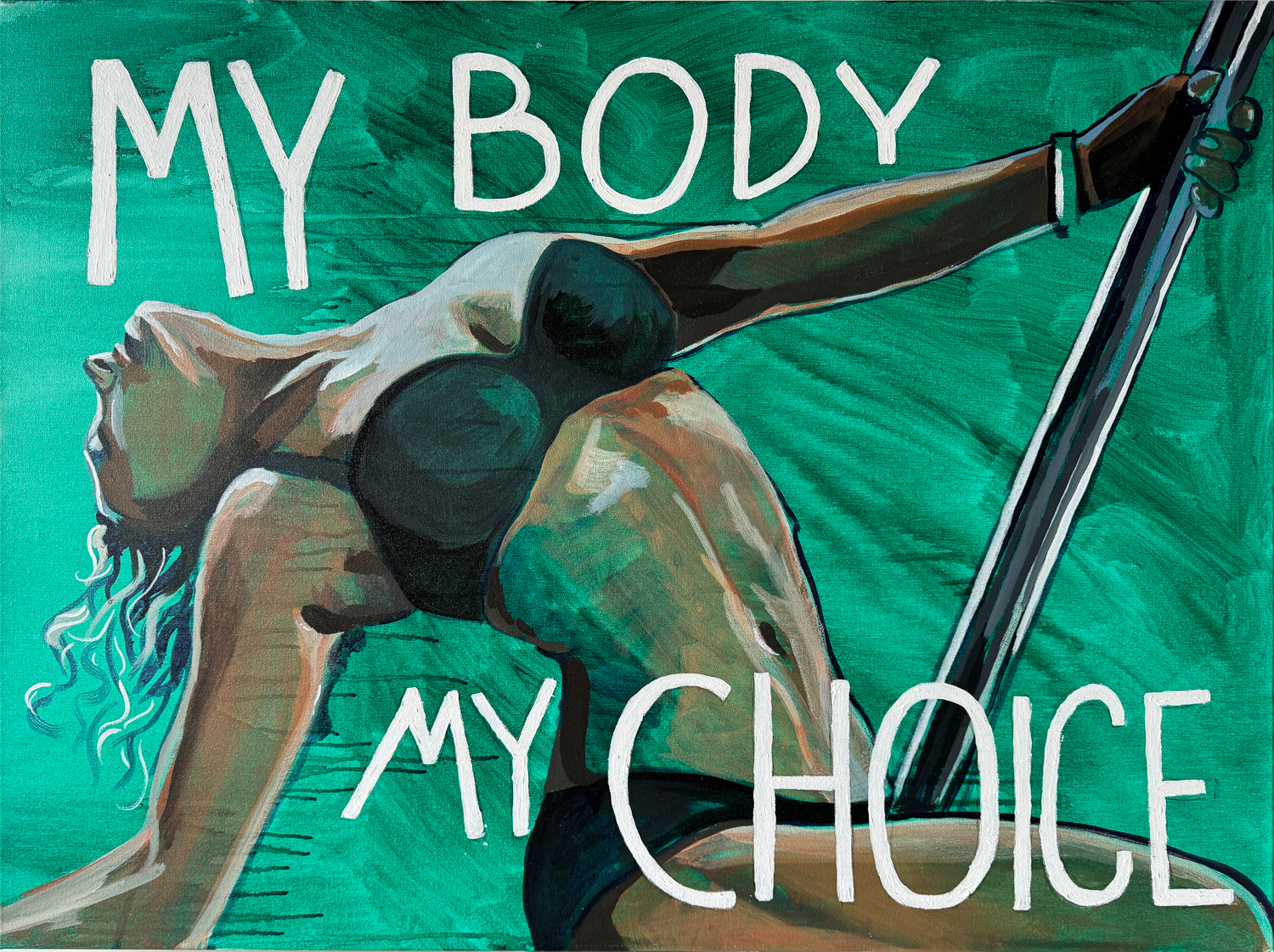
Brazil has one of the highest rates of female homicide in the world. A report from Mapa da Violencia, a nonprofit group that tracks violent crime in Latin America’s largest nation, shows between 1981 and 2013, the numbers have been steadily increasing. Part of the report showed a particularly disturbing trend, that women of color are far more likely to be killed than white women.
Across Latin America as a whole (a region which contains 7 out of the 10 most violent countries on earth toward women) factors such as domestic violence, human trafficking and organized crime contribute to such high rates, coupled with the lack of policies which specifically address measures to curb gender-based violence.
It was only in 2006 that Brazil signed a very important law, the “Maria De la Penha” anti-violence law, named after activist Maria da Penha Fernandes who was beaten by her husband for 14 years. In 1983, he shot her while she was asleep leaving her paraplegic. Two weeks after she came home from hospital, he tried to electrocute her. She took her case to court, but it took two decades for a ruling to be made! In that time, the Court of Human Rights criticized the Brazilian justice system for not taking effective measures to prosecute domestic violence cases.

During the 20 years, Maria’s husband was allowed to be free, and in response to this whole ordeal, then-president Luiz Inacio Lula da Silva signed the law. In 2015, Dilma Rousseff, who was president at the time, signed tougher measures around this law and expanded the definition of femicide in an attempt to send a message that this is an issue of concern to the government.
Better policies and acknowledgement of the issue as a gender-related crime is a start, but it is the work of everyday activists, advocates and organizations that carry the burden of ensuring the message is spread far and wide. Associated Press recently highlighted a group of women in Rio who are using painting and graffiti art as a way to promote women’s rights and raise the alarm about gender violence.
Mariluce Maria de Souza, a 35 year-old mother who teaches art to children through the Favela Art project, says sometimes she has to cancel sessions due to reports of shootings and violence in Alemao, Rio de Janeiro’s largest complex of favelas. She has become a local role model to many in her neighborhood who daily face the realities of domestic violence as well as workplace discrimination.
“Sometimes the mothers, who are mother and father at the same time, don’t have the time to give the kind of attention that five, six or seven children need,” she told AP.

Another woman, 25 year-old Maiara Viana Rodrigues, who says she was sexually abused by a man in her neighborhood as a young girl, works with a local organization called Afrograffitteiras which works to empower black women in particular. According to Brazilian nonprofit Mapa da Violencia, nearly five in 100,000 women are killed each year, and the number of black women being killed is far worse (up to 54%).
“We use the graffiti to demand the end of violence against women,” said Maiara.
Their messages come in the form of huge, bright murals painted on streets and the side of buildings in a way that passers-by cannot ignore. It is a reminder that this issue exists, and how art is a powerful conduit for change in areas where policy or other types of intervention may fail to break through.

Another issue which compounds the violence, say the women profiled, is how females are objectified in the media, having a trickle-down effect in other important areas of society. Psychological abuse, unequal access to education and health care and less pay for women doing the same job as men are some of the other issues featured in the graffiti art and paintings.
Artist Lya Alves laments that feminism nowadays doesn’t fight against women being sexualized as much as they did in the 1970s.
“Nowadays the media promotes [the sexual objectification of women]. Is that helping to obtain a better education, a better salary?” she asked.

In 2016, two major protests were carried out in both Brazil and Argentina, after the shocking murders of two young girls – the alleged gang rape of a 16 year-old in Rio, and the murder of a 14 year-old pregnant girl in Argentina. Many women and activists are fed up with the lack of convictions by perpetrators and the apparent lack of power certain laws and policies have in enforcing measures laid out.
It seems as if women taking to the streets, raising their voices, using their art, and putting pressure on policy-makers is a necessity in this climate. When women are disproportionately becoming increased targets of violence, it’s clear the fundamental problem is that they aren’t seen as equal human beings.
The artists in the Rio favelas are making a difference in their communities by educating people and giving them a voice to share their concerns through powerful images. Art is not just a creative endeavor, it is a vital part of change in the world and will continue to be, as politics and policies come and go.


















2 thoughts on “Brazilian Artists Using Graffiti To Raise Awareness About Gender Violence & Women’s Rights”